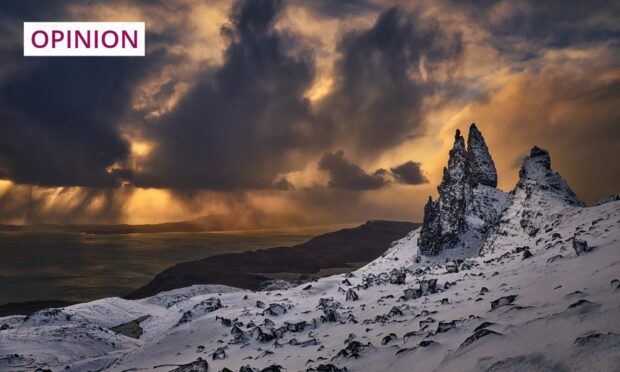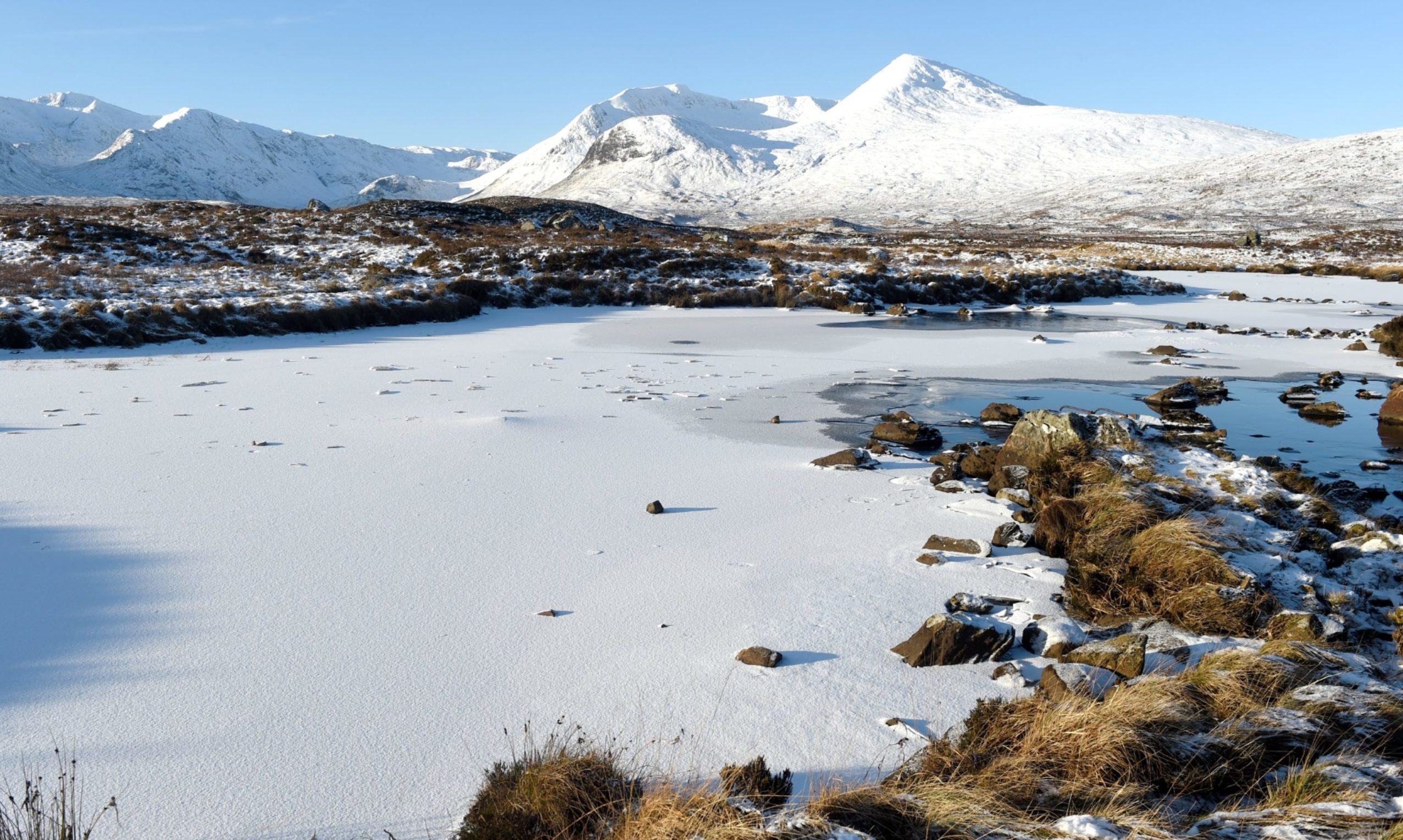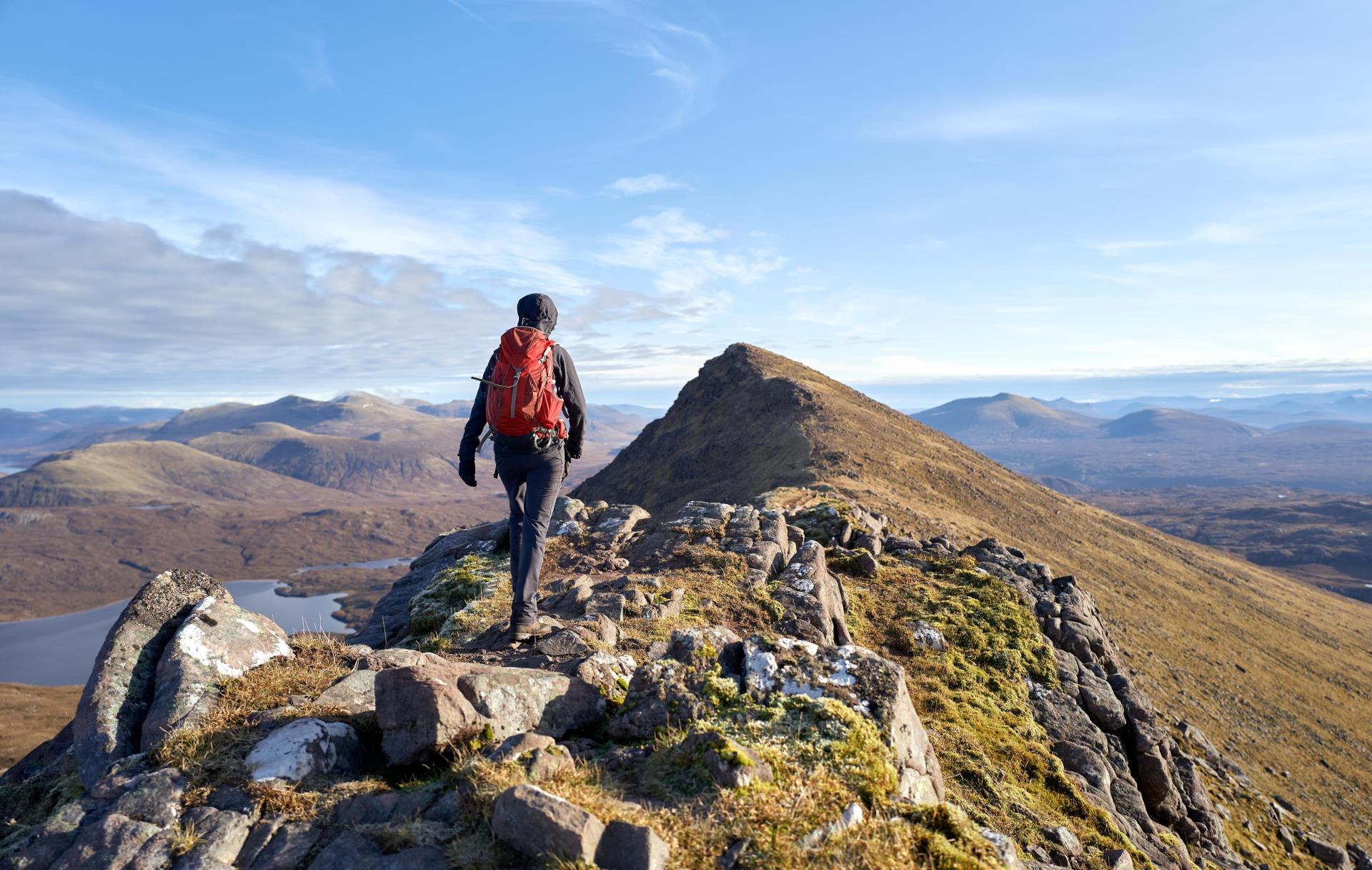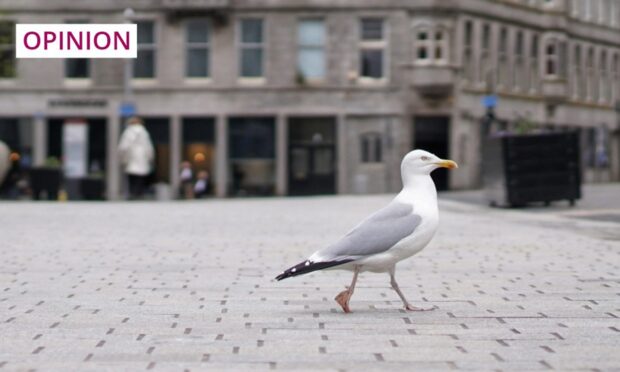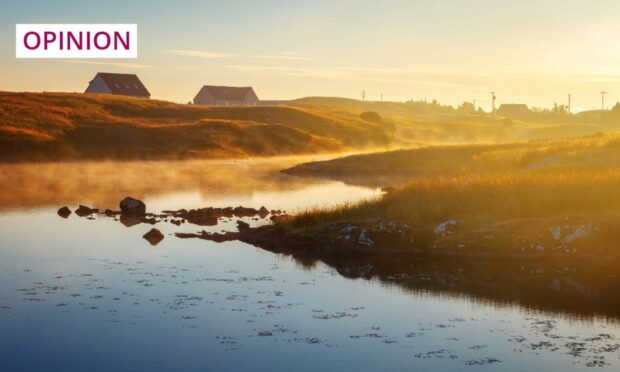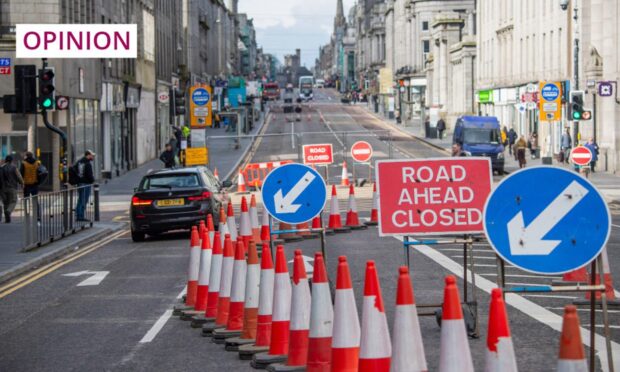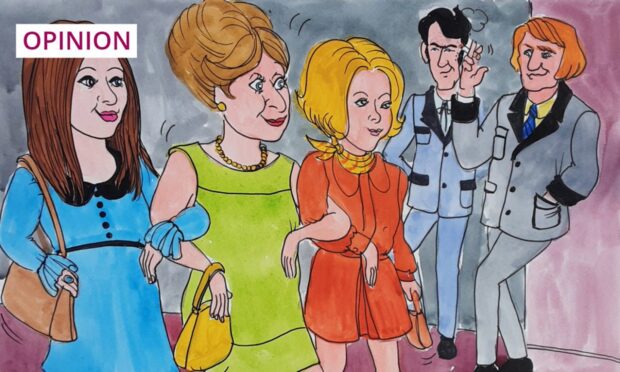“I’m told they will be busy,” said an American tourist, listing the places on her itinerary: Skye, Glen Coe, Loch Ness.
“Yup,” I replied.
“Hmm. I did think about visiting between October and March to avoid the crowds, but…”
She tailed off, shrugging, as if to say: “But why on earth would anyone in their right mind do that?”
That was a red rag to a bull. I excitedly told her how I only take Scottish holidays in the “off months”, proceeding to list the (many) reasons why. Snow, cold, quiet, cost, unique quality of light.
She listened patiently and then headed off on her walk.
A couple of hours later, she returned, walked over to me and immediately asked: “That light. How exactly is it unique?”
I opened my mouth to reply, but nothing came out. In that moment, the sober realisation hit me that maybe, just maybe, Scottish light is – gasp! – just like any other?
I looked upwards, flipping through the photo album in my head for scenes that best described this “uniqueness”: low sun, long shadows, golden sunrises, misty mornings.
“But… Are any of those things uniquely Scottish?” I wondered.
I suspect we all enjoy a bit of exceptionalism where Scotland is concerned. Yes, there are hills, coastlines and beaches all across the world, but ours are just that bit more special, aren’t they?
There must, however, be other places in our neck of the woods with similar claims on that uniquely austere northern light. Ireland? Iceland? The Faroes? Norway?
Remarkable light, even on the greyest days
Seconds felt like minutes. I had to say SOMETHING.
“Summer light is too flat,” I began. “The sun directly overhead, no shadows. Everything’s washed out. But a winter walk on a bright day is to spend the whole day in the kind of light you only see at 5am or 9pm during the summer.”
I told her how, as much as I love the clear, crisp, blue-sky days, the moody ones are better.
“Changeable,” I said, explaining how our location at the edge of an ocean and a continent, subject to weather systems from all directions, turns Scotland’s “changeability” dial up a notch, adding drama and a sense of menace.
That foreboding greyness descending as an Atlantic storm arrives. The clarity and unreal brightness as the same storm departs – headlands hazy with sea spray, white horses galloping in the sun.
Sunrise over fog. Mist hanging in the glens. Solitary shafts of sunshine defiantly piercing a swirling, jet-black sky, then racing across land and sea like spotlights on a stage.
That watery sheen, even when it hasn’t been raining, as though someone has been busy with the misting spray. An odd lustre – think 1,000 lochans sparkling in a dark bog.
There can also, I told her, be remarkable light even on the greyest days – low cloud hugging snow-filled coires, casting those dark recesses in frigid purple and blue hues. And, even when drizzle has drained all colour from the landscape, leaving only shades of grey, it can still look like a charcoal drawing made beautifully soft, as though fingers had smudged on the paper.
A North Atlantic Light filter – for no extra charge
Of course, in my eagerness to please, I was now making it sound like every day between October and March is photographic ecstasy in Scotland. Clearly, that’s not the case. This is a country where weeks of featureless grey stratus can drive you to despair.
But, arguably, it’s our dampness, cloudiness and windiness, our darkness, that often brings out the most dramatic, beguiling and cinematic aspects of Scotland.
After all, if Scotland was a film set that you could light to maximum effect, you’d choose to do so from the side, to exaggerate the shadow and highlight the cragginess. You’d add a red filter to the lens to really bring out the rusty browns in our landscape. Perhaps a neutral-density graduated filter to make a moody, dark sky. A diffusion filter for some blurred edges.
In that respect, I can well imagine our brand of winter light being packaged for filmmakers and photographers, as something you could buy and apply to footage and photos.
“Upgrade to ‘North Atlantic Light’ – just £15!” A fun creative setting in Photoshop. A striking, one-click fix to lend your work a certain maritime mountain moodiness.
But, while you could doubtless simulate off-month light for any number of North Atlantic territories, Scotland’s landscape is most definitely our own. As is our particular brand of North Atlantic weather.
So, when I said “unique quality of light” to my American tourist, I realise now that wasn’t what I meant. Rather, I meant the interplay of landscape, winter light and weather. The scattering, diffusing, reflecting and amplifying of North Atlantic light to create something unique. Something worth travelling halfway around the world for. Something… Scottish.
Ben Dolphin is an outdoors enthusiast, countryside ranger and former president of Ramblers Scotland
